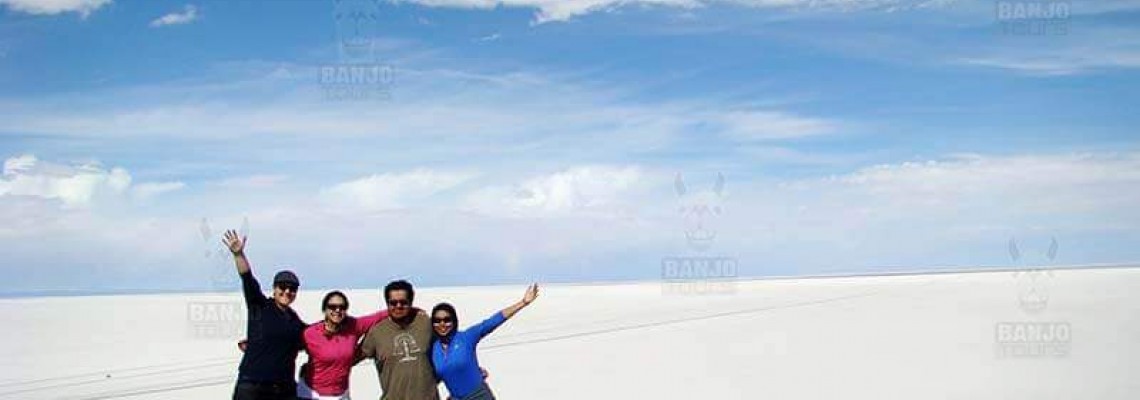
In a previous article, we covered information on how to get to Salar de Uyuni, Bolivia. In this article, we will talk about the best time(s) to actually go to Salar de Uyuni analyzing the pros and cons of the different times of year in which you can visit the magical salt flats as well as Bolivia’s surreal southwest region.
First of all, it is necessary to understand Bolivia’s climate, particularly in the high, barren plateau known as the Altiplano where Salar de Uyuni is located. The country has three well-marked ecosystems: the eastern lowlands in the Amazon Basin with humid, tropical climate; the central valleys with mild, cool temperatures and the western highlands (Altiplano) with dry, cold to freezing temperatures.
Even though Bolivia experiences the four seasons timed just like all countries south of the Equator, it really feels as if it had only two: the dry and the wet/rainy season. The dry months run from late April/early May to the end of October. The wet or rainy season generally begins in November (although some years November remains dry) and runs until the end of March or mid-April.
Most people visiting the Uyuni Salt Flats - or Salar de Uyuni as it is known in Spanish - do so during the dry months since this is the best time to move around the country, so regardless of where in Bolivia you are before going to the salt flats, almost all roads will be accessible and usable and weather will be suitable for flights into Uyuni.
The advantages of going to Salar de Uyuni during the dry months include clear skies with sunny days, increased visibility of the salt flats (and other attractions of the Southwest), full mobility around the salt flats and the southwest in general as well as less risk of getting stuck in the rugged roads of the region. However, bear in mind that during the months of May to August (winter) temperatures can easily drop below 0 C down to -15 C, especially during mornings and nights.
It is definitely possible to go to the Uyuni Salt Flats during the rainy months of December to March. In fact, many people plan their visit around these months because of the surreal, otherworldly “mirror effect” produced by the flooded salt flats (a few cm or inches of water on the salty surface). This is for a lot of people the main reason to visit during these months and very well justified since it is like having the world’s largest mirror reflecting the sky, mountains and people creating an unparalleled visual effect. However, be aware that if the salt flats are flooded, you won’t be able to get further into the flats to visit some interesting attractions such as Isla Incahuasi (rocky outcrop filled with giant cacti, part of the usual southwest tour) and access to other attractions of the southwest circuit will also be limited because of bad roads.
In short, if you want to have clear, sunny days with full access to all attractions and don’t mind cold mornings/nights go in the dry season (April to October) but if you would like to experience the “mirror effect” go in the wet/rainy season (November to March, although the highest likelihood for the effect is in January and February when it is more likely to be flooded).
Our Salar de Uyuni tours run year-round with the obvious differences in the itinerary because of the different climates experienced during each season.
During the dry season, we visit every relevant attraction in the region, freely traversing the Uyuni Salt Flats as well as the Coipasa Salt Flats (second largest, during our five, six and seven day tours). During the wet/rainy season, we still visit almost every attraction, although our itineraries will most likely be modified in order to be able to access the same places through alternative roads. Instead of traversing the Coipasa Salt Flats like we do in the dry season, we will take an alternative road which will not allow us to see these flats, but will still get us to Salar de Uyuni and be able to enjoy the mirror effect. Similarly, instead of traversing the Uyuni Salt Flats, we will take alternative dirt roads to get to Eduardo Avaroa Reserve and still see the colored lagoons and deserts.
View our full range of our Uyuni Salt Flats Tours here.
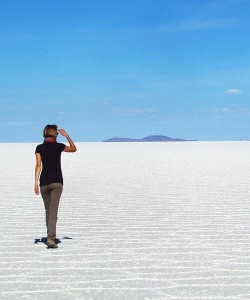
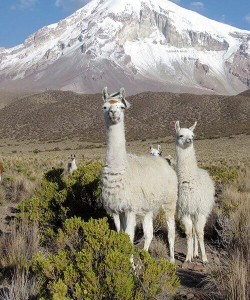
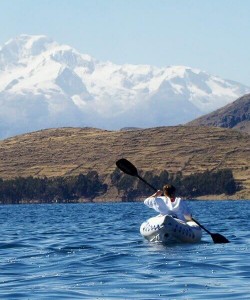
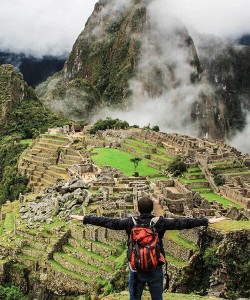
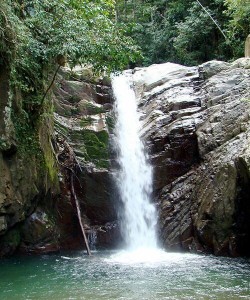
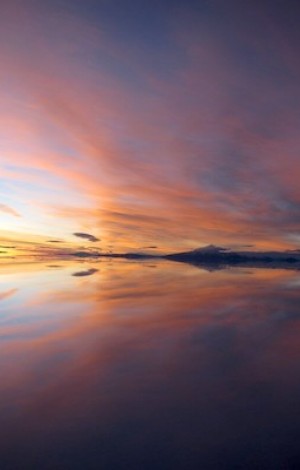
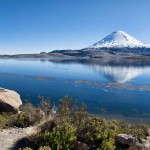
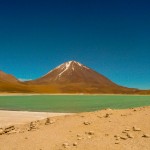
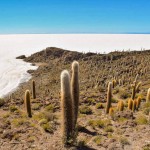
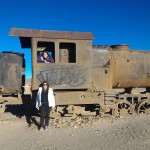
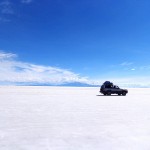
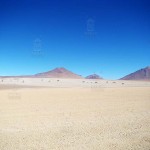
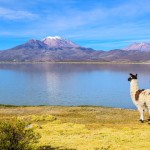
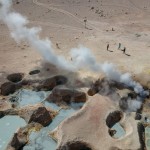
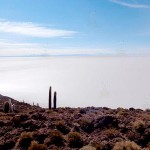
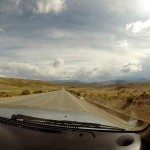
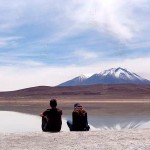
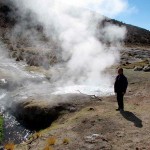
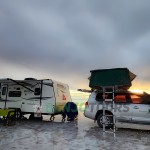
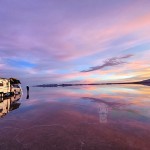
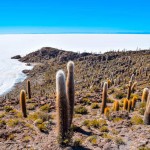
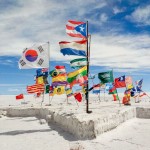

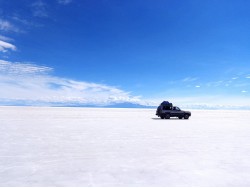
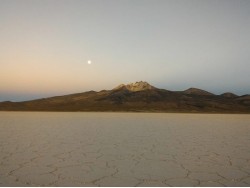
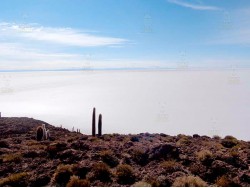
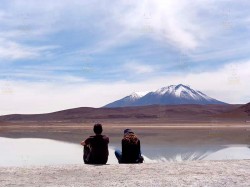
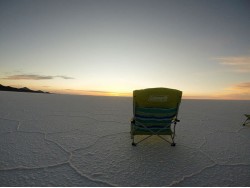
Leave a Comment